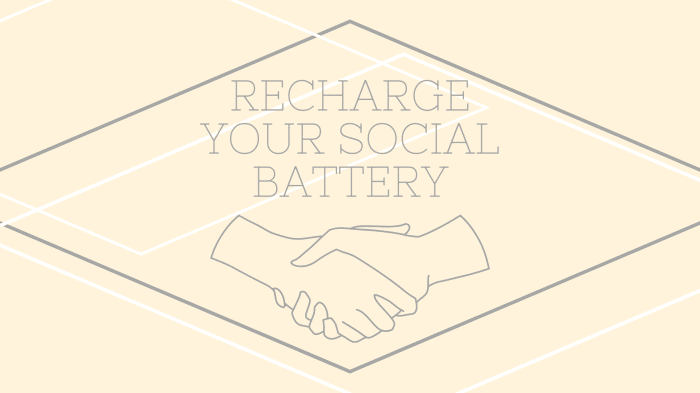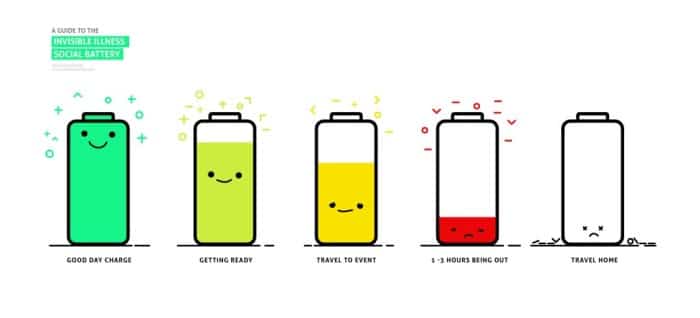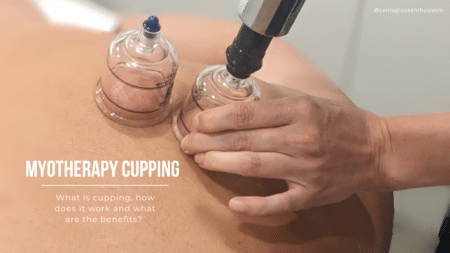Core Engagement
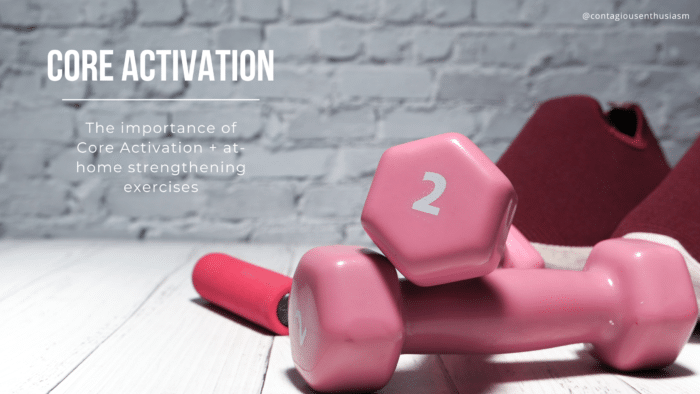
You’ve probably heard a lot about core engagement, core activation or the pelvic floor (especially if you do Pilates or have had kids!) but often we get clients who come into the clinic with lower back, glute and even shoulder pain who don’t know how to activate their core properly which has often contributed to these injuries.
Why is it important to engage our core? Not only does it help minimise the stress and strain placed on other structures of the body when you’re exercising (especially when lifting weights or those heavy shopping bags into the boot!) but it helps with everyday activities by helping keep you stable especially through the pelvis and spine, additionally it will help to maintain good posture and with balance.
Knowing how to activate your core and deep abdominal muscles will help your pelvis and lower back remain still and supported throughout exercises, especially strengthening exercises, so let’s dive in and have a look at how we go about doing it:
Activating your core muscles
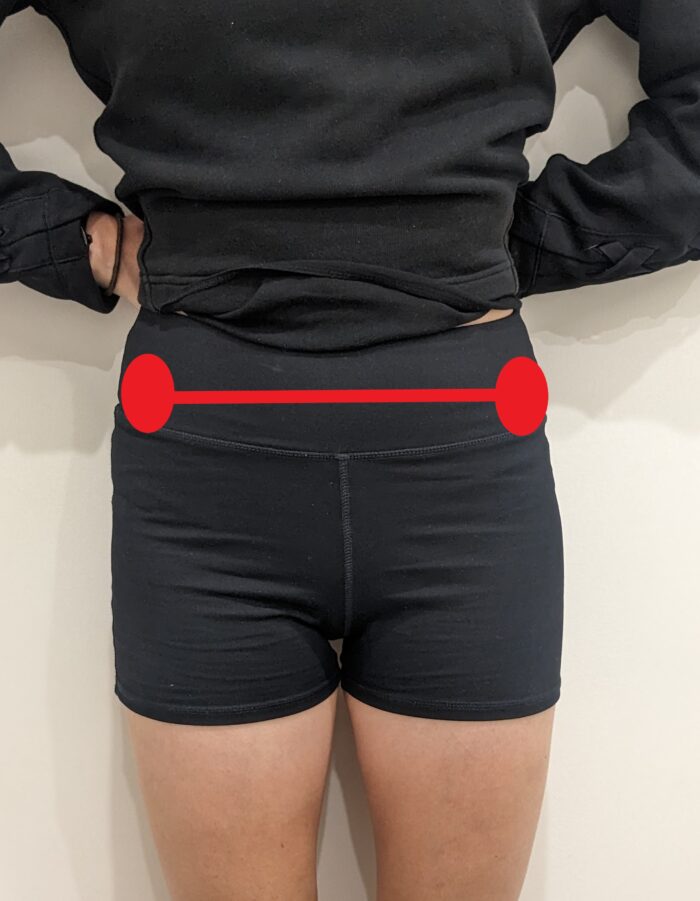
Pic 1: activating your transverse abdominis. Imagine a horizontal line between the bony points at the front of your pelvis. Now imagine trying to pull these two bony points closer together along this line, flattening the line towards your spine. If you need help knowing if you’re activating this properly; place your fingertips just inside the bony points, when you’re activating properly it should feel as if it goes taut underneath your fingers. It is a subtle contraction rather than a big forceful one.
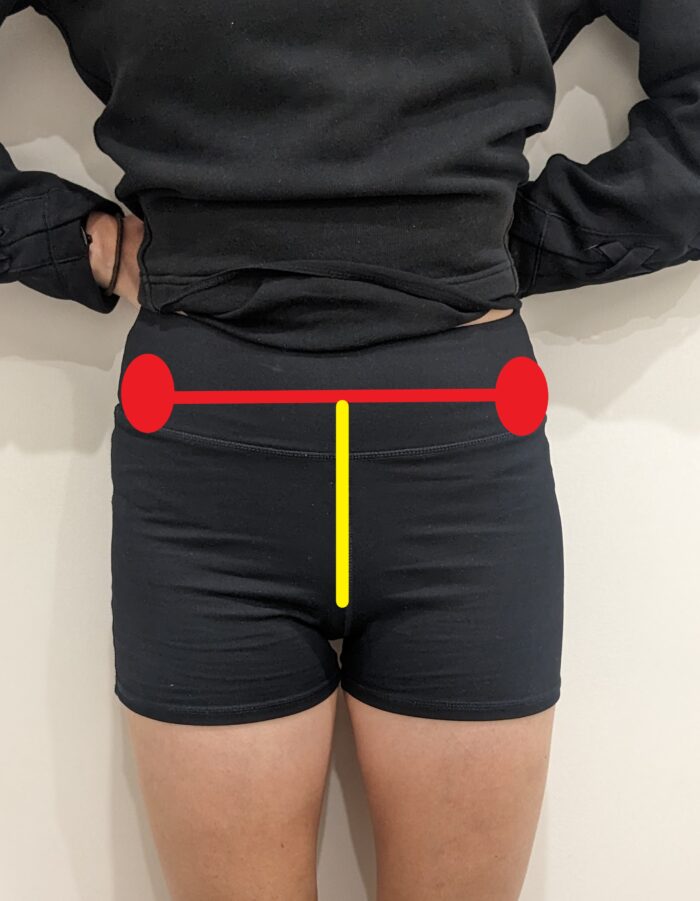
Pic 2: activating your pelvic floor. Imagine a vertical line that goes from your pubic bone up to meet the imaginary horizontal line of the transverse abdominals. Now imagine you are trying to pull up along that vertical line as if you are stopping yourself from urinating. Again, it is a subtle contraction we’re after.
Now let’s try it out on these exercises:
Bent Knee fallouts.
- Lying on your back bend your knees, feet hip distance apart, arms relaxed down by your side. Activate your core as discussed above. Slowly lower one knee out to the side. Stop when you begin to feel your pelvis rock or your lower back arch. Draw the leg back in to the starting position and then repeat on the other side. Keep alternating between sides. Your feet should stay grounded throughout.
- To make it harder try lowering both knees out at the same time remembering to keep that core activated throughout. It’s ok to have a little rest and reset before continuing and remember if you want to check you’re activating pop your fingertips just inside the hip bones.
Leg slides.
- Lying on your back bend your knees, feet hip distance apart, arms relaxed down by your side. Activate your core as discussed above. Slowly slide one foot along the floor (you might need a towel underneath to help get the slide). Stop when you begin to feel your pelvis rock or your lower back arch. Draw the leg back in and then repeat on the other side. Keep alternating between sides. Try to keep your feet grounded throughout, even the one sliding. Rest and reset if needed.
Post written by Laura York (Myotherapist)
Click here to book.
